The National Hot Rod Association (NHRA) plays a crucial role in maintaining safety in the high-speed world of drag racing. Through a combination of stringent regulations, advanced technology, and continuous improvements, the NHRA ensures that both racers and spectators can enjoy the thrill of the sport without compromising safety. The multifaceted approach the NHRA employs keeps drag racing a safe and exciting experience.
Regulatory Framework and Rules
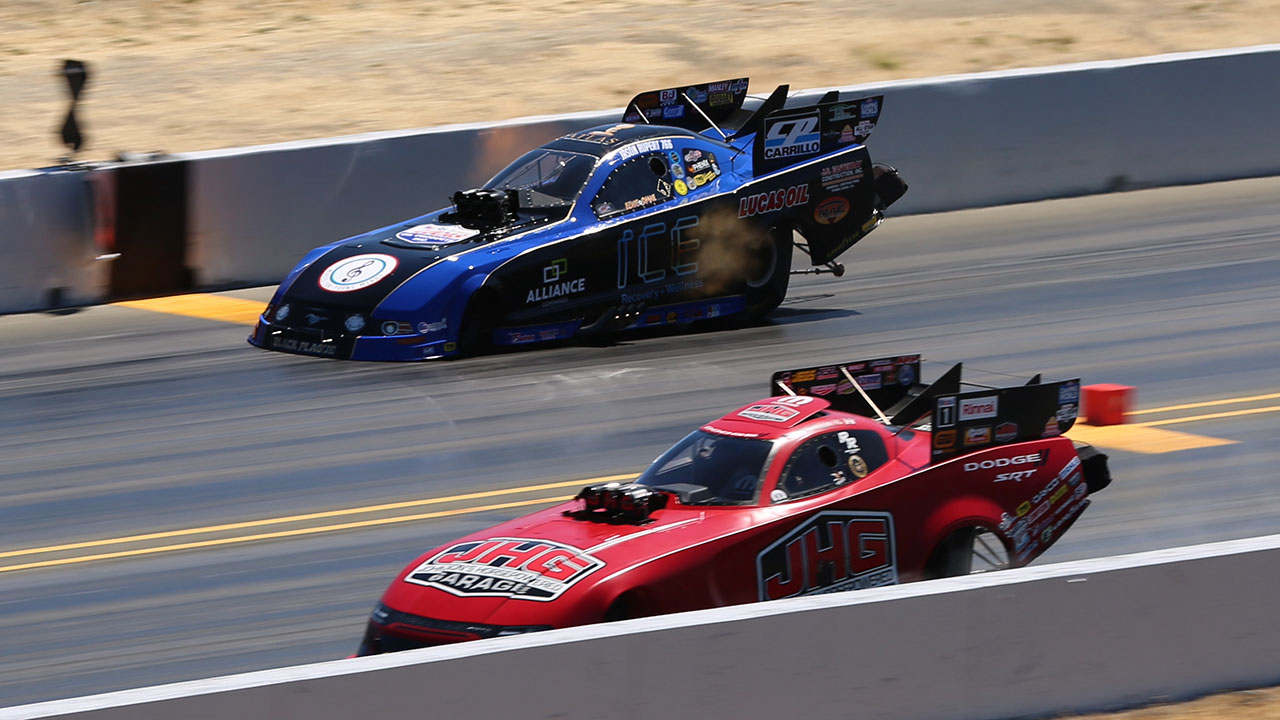
The NHRA’s commitment to safety begins with its comprehensive regulatory framework. An essential component of this framework is the detailed inspection protocols that all race vehicles must undergo. These inspections ensure compliance with stringent safety standards, which include the installation of roll cages, harnesses, and fire suppression systems. This meticulous inspection process is crucial in preventing accidents and ensuring that all participating vehicles are adequately equipped to handle the demands of drag racing.
Moreover, the NHRA mandates that drivers undergo rigorous licensing and certification processes. Drivers are required to complete extensive training and demonstrate their proficiency at various levels of competition. This ensures that they possess the necessary skills and knowledge to safely operate high-performance vehicles at extreme speeds. The NHRA continually updates its safety regulations based on emerging technologies and lessons learned from past incidents, further enhancing the safety of both racers and spectators.
Track Design and Safety Features
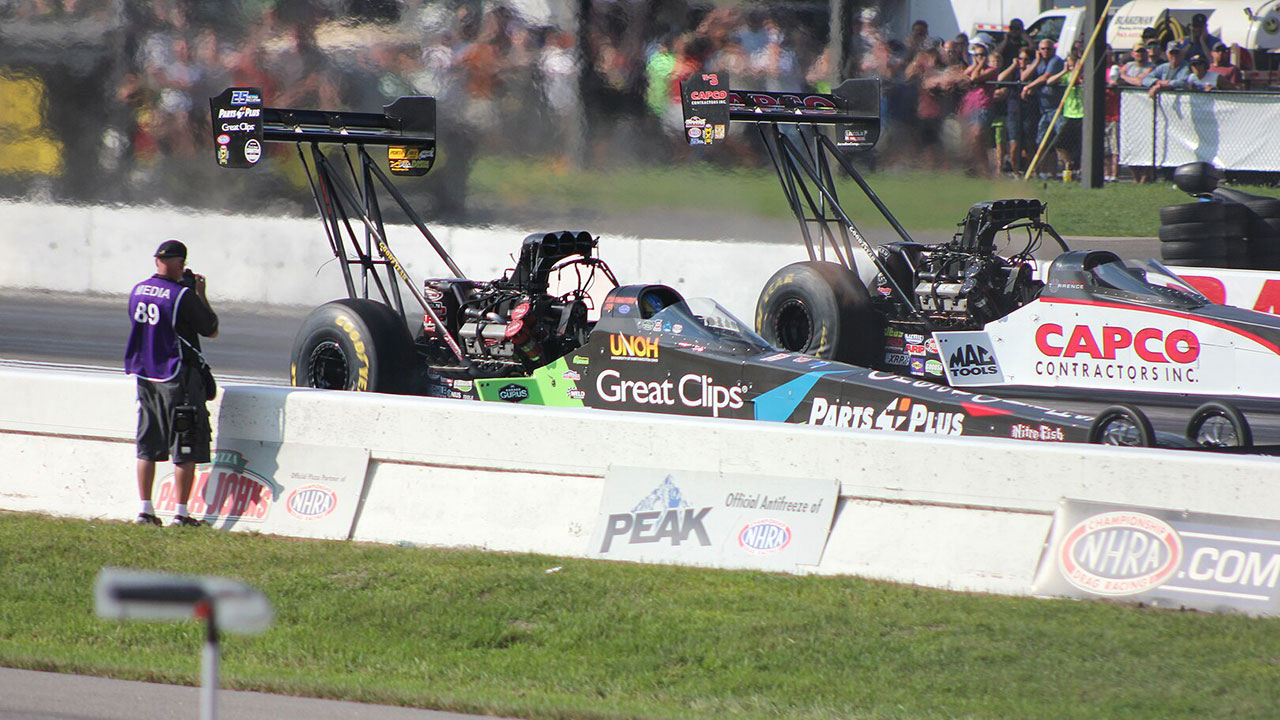
In addition to vehicle and driver regulations, track design and safety features play a significant role in ensuring safe racing conditions. The NHRA prioritizes regular maintenance of track surfaces, which includes the application of traction compounds and debris removal. This maintenance is vital for providing a consistent and safe racing surface for competitors. Moreover, the NHRA employs a variety of safety measures, such as extended runoff areas and catch nets, to protect drivers in the event of an accident. While traditional drag strips may not use SAFER barriers, these alternatives offer substantial protection.
Advanced timing and monitoring systems further enhance track safety by providing real-time data during races. These systems enable race officials to quickly identify and respond to potential hazards, reducing the risk of accidents. The use of cutting-edge technology in track design exemplifies the NHRA’s dedication to creating a safe and controlled environment for both racers and fans.
Vehicle Safety Enhancements
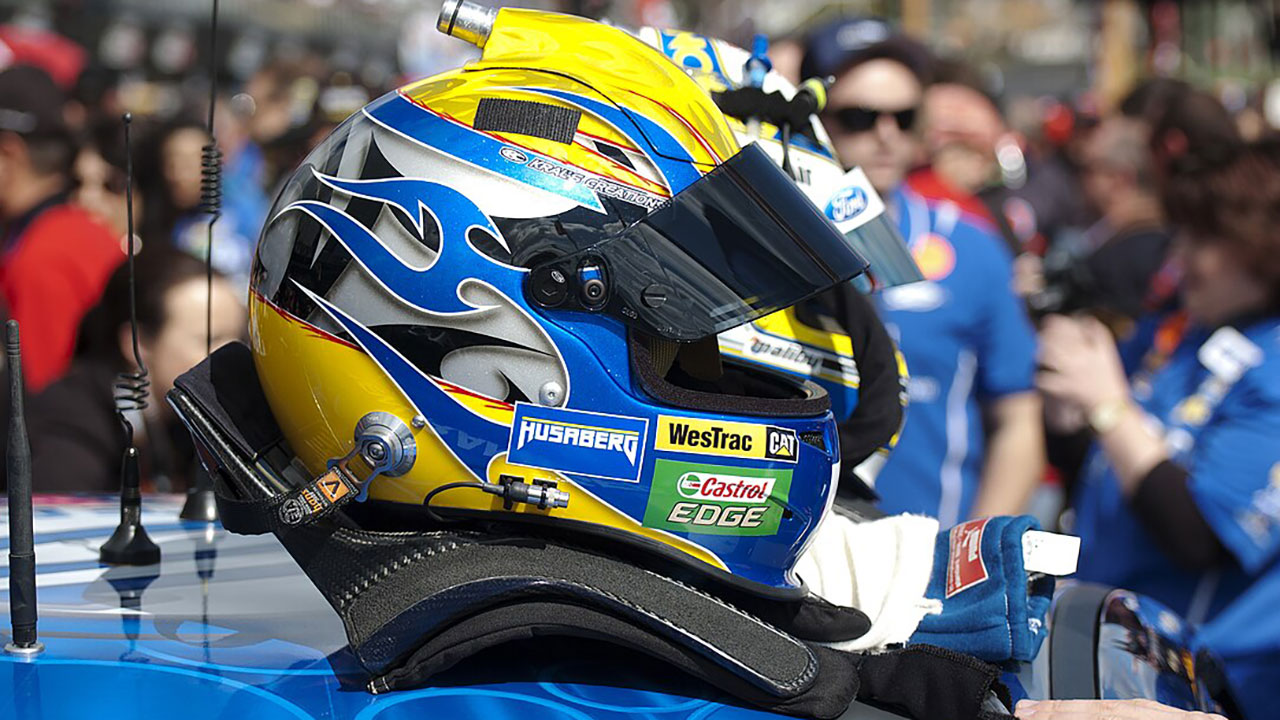
The NHRA requires all competing vehicles to be equipped with mandatory safety equipment to ensure driver protection. This includes fire suits, helmets, and Head and Neck Support (HANS) devices, which play a critical role in protecting drivers in the event of a crash. The NHRA also encourages innovation in vehicle design, supporting advancements in aerodynamics and crash-resistant structures. These improvements contribute to reducing the likelihood and severity of accidents on the track.
Engine and fuel regulations are another crucial aspect of the NHRA’s safety strategy. By enforcing strict rules on engine specifications and fuel types, the NHRA minimizes the risk of catastrophic failures and ensures fair competition. These regulations not only enhance safety but also promote technological innovation within the sport. An example of such innovation is evident in the development of cars like the Supercharged Coyote, which combine power with safety advancements.
Emergency Response and Medical Preparedness
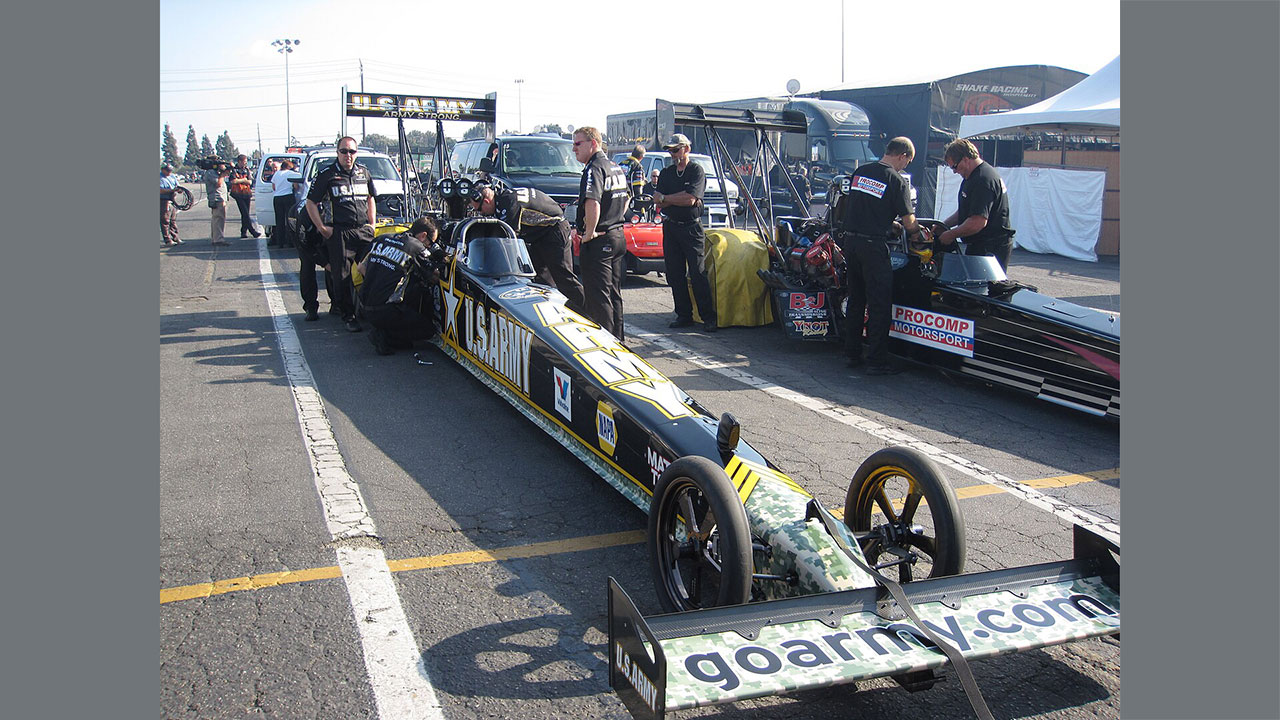
The NHRA places a strong emphasis on emergency response and medical preparedness at all events. Qualified medical personnel are present on-site, ready to provide immediate care in case of an accident. This ensures that any injuries sustained during a race can be promptly addressed, minimizing the potential for long-term harm. The NHRA has established rapid response protocols, including the use of safety vehicles and communication systems, to quickly manage emergencies and mitigate the impact of accidents.
Regular training and drills for emergency response teams further enhance the NHRA’s preparedness for any situation that may arise during races. These exercises ensure that all team members are familiar with the latest procedures and technologies, enabling them to respond effectively to any incident. This focus on medical preparedness and rapid response underscores the NHRA’s dedication to the safety of everyone involved in drag racing.
Community and Driver Education

The NHRA recognizes the importance of fostering a culture of safety within the racing community. To this end, the organization hosts safety seminars and workshops for drivers and teams, promoting awareness and best practices. These educational events are designed to equip participants with the knowledge and skills necessary to prioritize safety both on and off the track.
Public awareness campaigns also play a significant role in promoting safety in drag racing. By educating fans and the general public about the importance of safety measures, the NHRA helps create a safer environment for all involved. Collaboration with other safety and automotive organizations further strengthens these efforts, allowing the NHRA to share knowledge and resources that continually improve safety measures within the sport. For more insights into how drag racing safety has evolved, consider exploring this detailed overview.
Ultimately, the NHRA’s multifaceted approach to safety ensures that drag racing remains an exhilarating yet secure sport. By implementing comprehensive regulations, cutting-edge technology, and ongoing education initiatives, the NHRA continues to uphold its commitment to the safety of racers, spectators, and the broader racing community.
Like Fast Lane Only’s content? Be sure to follow us.
Here’s more from us:
*Created with AI assistance and editor review.

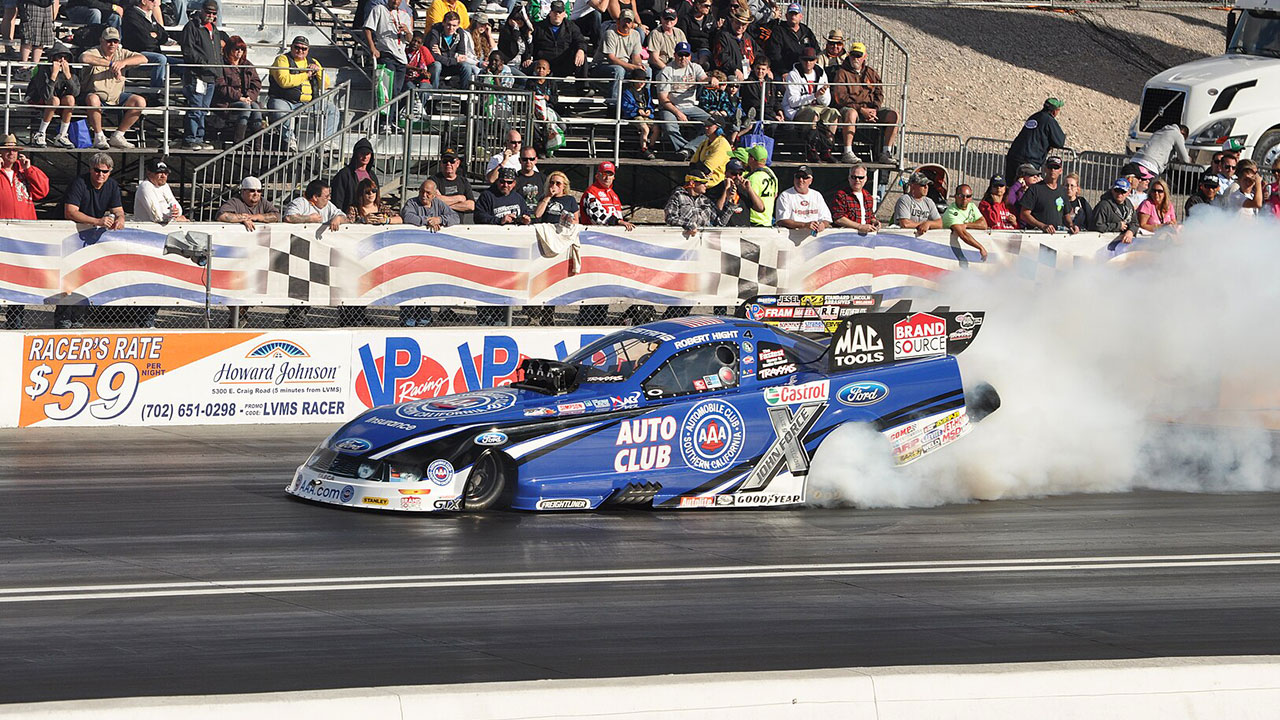

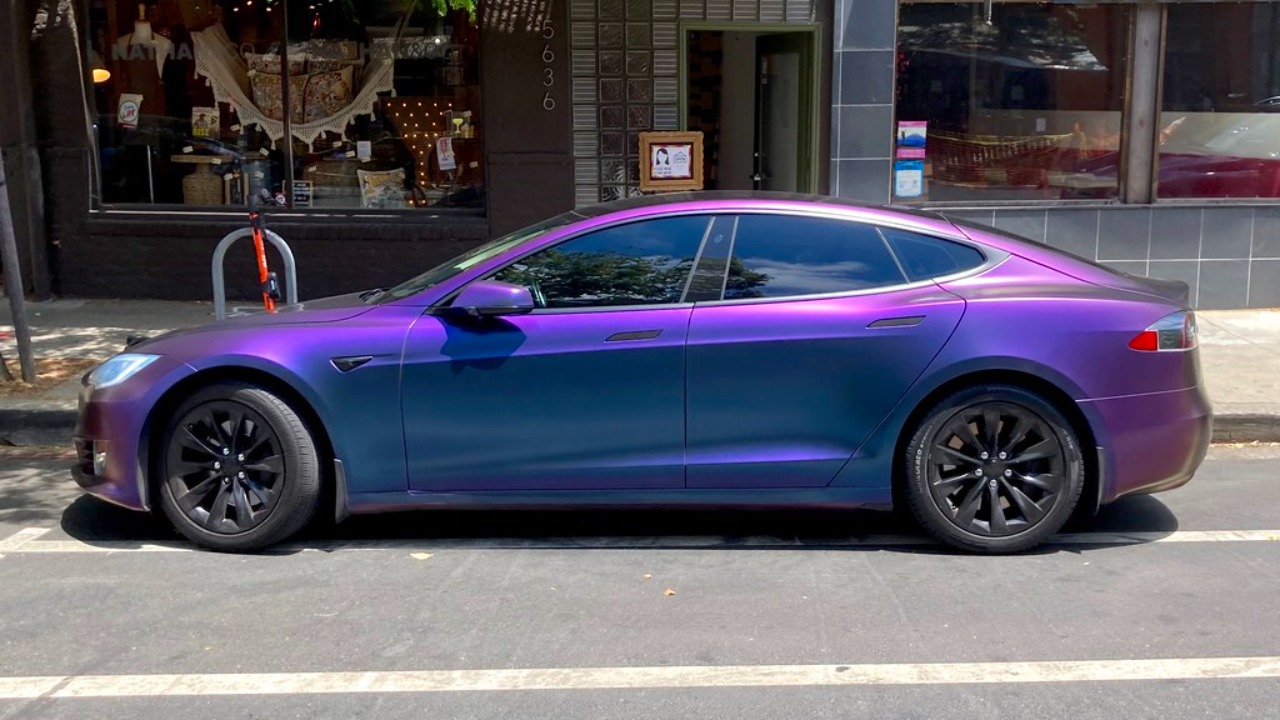
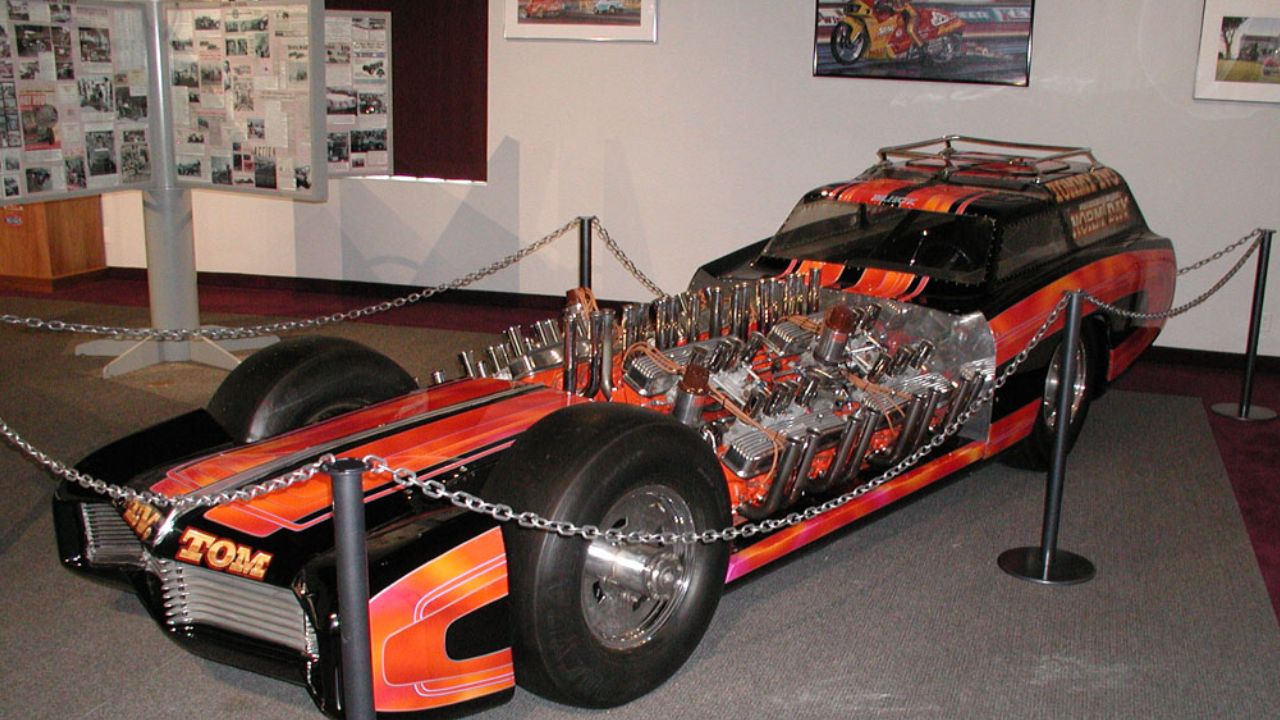


Leave a Reply